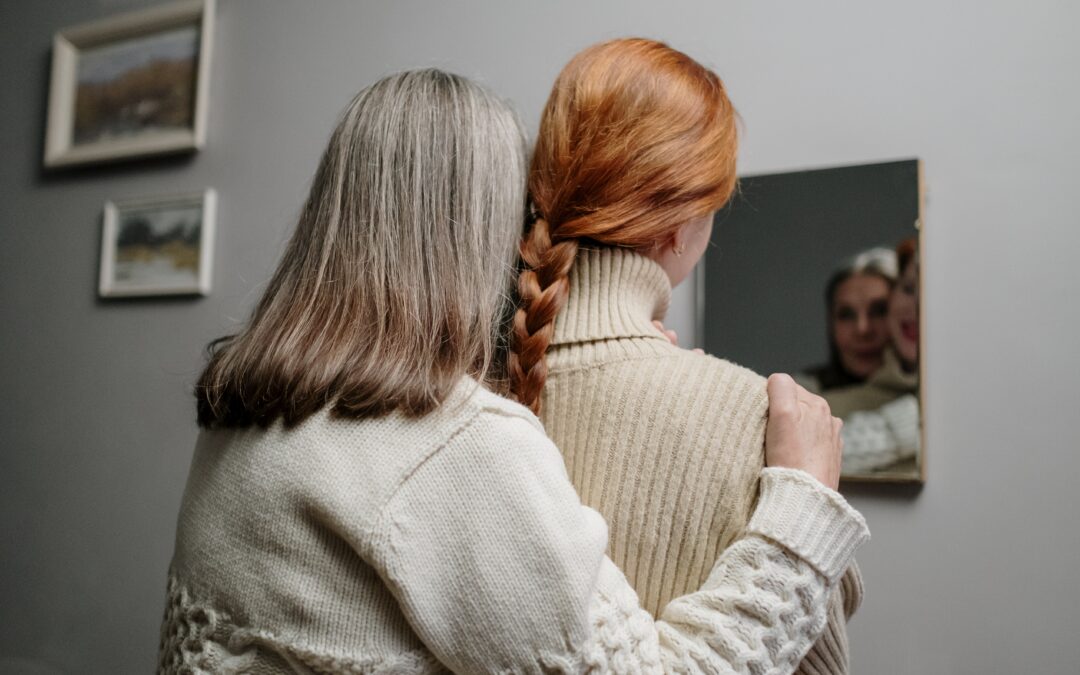Since the COVID-19 pandemic, a third of parents with children under age five entrusted grandparents with childcare responsibilities. Significant expense of daycare programs aside, it seems that parents would rather their children spend more time in the presence of extended family members than be watched by unrelated others. The increase in grandparent childcare suggests that the pandemic trend toward intergenerational living may be grounded in something more enduring besides mere economic considerations.
The Desire for Family-Based Care
There are plenty of parents who do not live near family and would happily welcome subsidized daycare for their children. However, while researchers and congressman debate the merits of universal childcare, a large number of parents kept it in the family by inviting grandparents to look after their kids. This was even more common amongst nonwhite families in which parents were “more likely to be in jobs they could not perform from home” and to already be “living in multigenerational households.” While the pressures of providing for a family today are immense, the fact that so many can lean on extended family for social support is something to be celebrated and emulated. It should be acknowledged that such arrangements are also positive for children’s development. As researchers Jenet Erickson and Katherine B. Stevens wrote for the Institute for Family Studies, the opposite can be said of childcare services:
On average, 2- to 4-year-old children who had been in child care showed significant increases in anxiety, aggression, and hyperactivity, and experienced more hostile, inconsistent parenting and lower-quality parent-child relationships compared to children who had not attended.
The current administration claims that universal childcare can help “cultivate the potential of young children,” but the evidence overwhelmingly favors parental or extended-familial care. Young children do not benefit from such programs unless they are being removed from harmful home situations, and parents don’t benefit from being reliant on childcare services. Kids will spend most of their time with unrelated adults while losing out on time at home developing formative family relationships. Parents will find themselves beholden to work pressures and disincentivized from family time. These issues suggest an inherent problem in our economic system which cannot be fixed by childcare-specific policy alone. However, the fact that such issues do exist make it understandable why so many families would ask grandparents to look after their children instead of childcare services.
The Value of Intergenerational Living
Today’s resurgence of multigenerational households will hopefully open up opportunities for young people to rely on and befriend those outside of their own age group. We live in an extremely age-segregated society where the young, adult, and elderly rarely intersect socially, except in the context of work or family. In addition to the fact that working-age youth is so often prized at the expense of the elderly, young people may not have the patience to recognize the wisdom and contributions of older generations. This is not how things have always been. However, it’s high time that children spent more time with their grandparents and young people spent more time cultivating relationships with people older than themselves. Older generations can offer much-needed counsel and long-term mentorship to young ones, who need the guidance of those who with more life experience. Similarly, it has been noted that the elderly fare better after spending time with young children. A Social Indicators Research study also showed that “grandparents living with their grandchildren experienced more happiness and meaningfulness when they engaged in activities with their grandchildren compared to spending time alone or with other people.” In today’s polarized and standardized world, diversity really is our greatest strength when it comes to social bonds between young and old.







